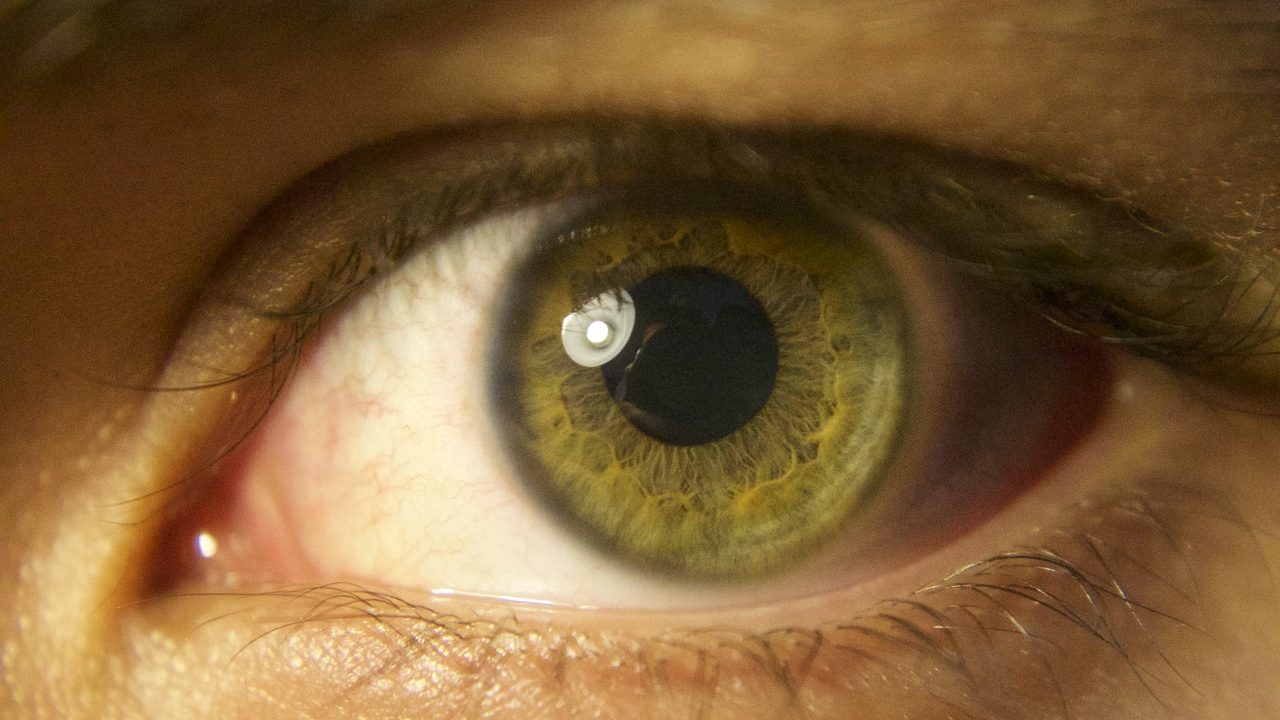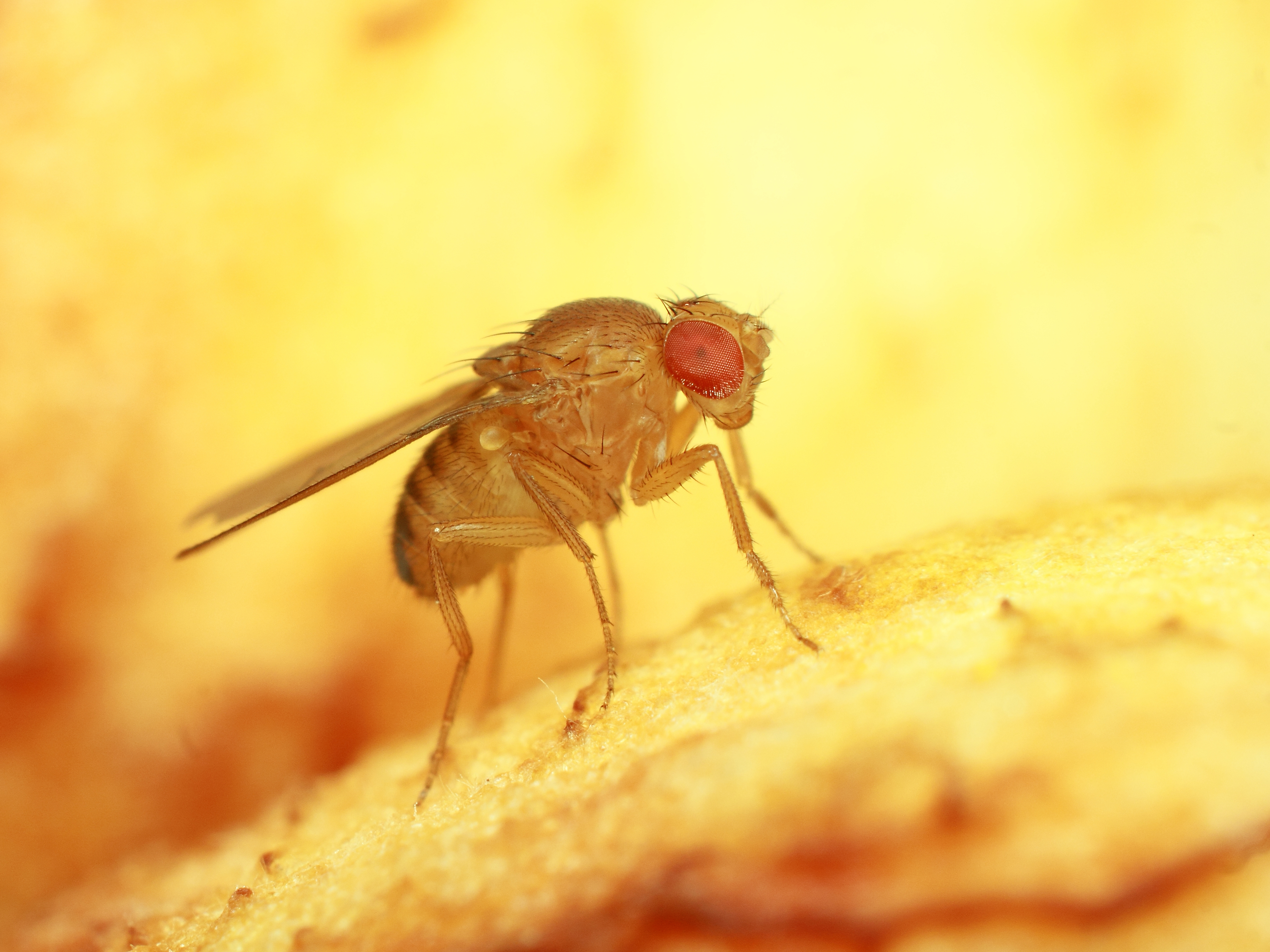
A New Biomaterial for Healing Detached Retina
- News
- 2.1K
The detachment of retina in the eye is one of the leading causes of blindness in developing countries. In a recent study, researchers created a biopolymer that can act as a natural vitreous substitute–a clear gelatinous substance that fills the cavity between lens and retina. The pressure of this biopolymer against the retina helps in its positioning and reattachment.
Vitreous consists of 98–99% water apart from circulating metabolites and nutrients. However, vitreous may degenerate due to aging and in certain diseases. This can lead to detachment of retina which is one of the leading causes of blindness in developing countries.
To counter this, an artificial substitute which resembles vitreous may be filled in the eye cavity. However, the existing substitutes, such as gases that can expand or silicone oil have several limitations. Patients need to lie in face-down position in case of expandable gases, while silicone oil needs to be removed via surgery due to complications, such as temporary vision loss, cataracts, and toxicity.
In this study, the researchers developed a gel from polyethylene glycol, poly (propylene glycol), and poly(ε-caprolactone) termed EPC. This gel is transparent at room temperature, has similar viscosity and refractive index compared to the natural vitreous. Surgeons need to inject this gel though small-bore needles while performing the eye surgery. Applying high levels of strain transforms the gel into a liquid-like state which leads to effortless and quick injection of this gel through the small pore of a needle.
Researchers injected different concentrations of this gel into the eyes of New Zealand white rabbits. Parallelly, they also injected salt solution as control and pluronics hydrogel, which is considered as a gold standard for biomedical procedures.
Seven percent of EPC gel had no long-term toxic effects, no cataracts, and minimum levels of inflammation. Also, it remained optically clear and led to normal attachment of the retina. Higher or lower concentrations of EPC and the pluronic gel showed degeneration of the retina, severe inflammation, and toxic effects.
“The most significant differences between a rabbit and human eye are the size of the lens and the volume of the vitreous. In a human eye, the lens is smaller than that in the rabbit eye. The volume of the vitreous is 4 mL for the human eye, whereas 1.5 mL for the rabbit eye.”, comments Subramanian Krishnakumar, a member of the research team and scientist at Vision Research Foundation, Chennai. However, he is hopeful that this study could be applied to humans as they have subsequently observed the compatibility of this gel in larger animals, such as large-tailed macaque.
Also, this gel is biodegradable and disintegrates by the end of three months, negating the requirement of any surgery to remove it.
Interestingly, the researchers found that as the gel biodegrades, it is replaced by a new vitreous-like body that resembles the native vitreous. The researchers found a significant overlap between the proteins present in native vitreous and the newly formed vitreous, suggesting that this scaffold promotes the formation of a vitreous-like body that mimics native vitreous.
Apart from aging, the retina can also detach in conditions like severe myopia and after trauma states Krishnakumar. This biodegradable gel can serve as a long-term substitute for vitreous in these conditions and heal detached retinas.
The research team included Zengping Liu, Graham E. Holder, Bhav Harshad Parikh, Jayantha Gunaratne, Veluchamy Amutha Barathi, Clement Woon, Teck Tan, Caroline K. Chee, Gopal Lingam, Xinyi Su(National University of Singapore, Singapore); Sing Shy Liow, Siew Li Lai4, Asfa Alli-Shaik, Zibiao Li, Mein Jin Tan, Walter Hunziker, Xian Jun Loh (Agency for Science, Technology and Research), Subramanian Krishnakumar (Vision Research Foundation, Chennai, India), Rajamani Lakshminarayanan (Singapore Eye Research Institute, Singapore), 1,10, ,2,10, Paul Zhao (National University Hospital, Singapore). The study was published in Nature Biomedical Engineering.
By Dr. P Surat
If you liked this article, then please subscribe to our YouTube Channel for the latest Science & Tech news. You can also find us on Twitter & Facebook.


